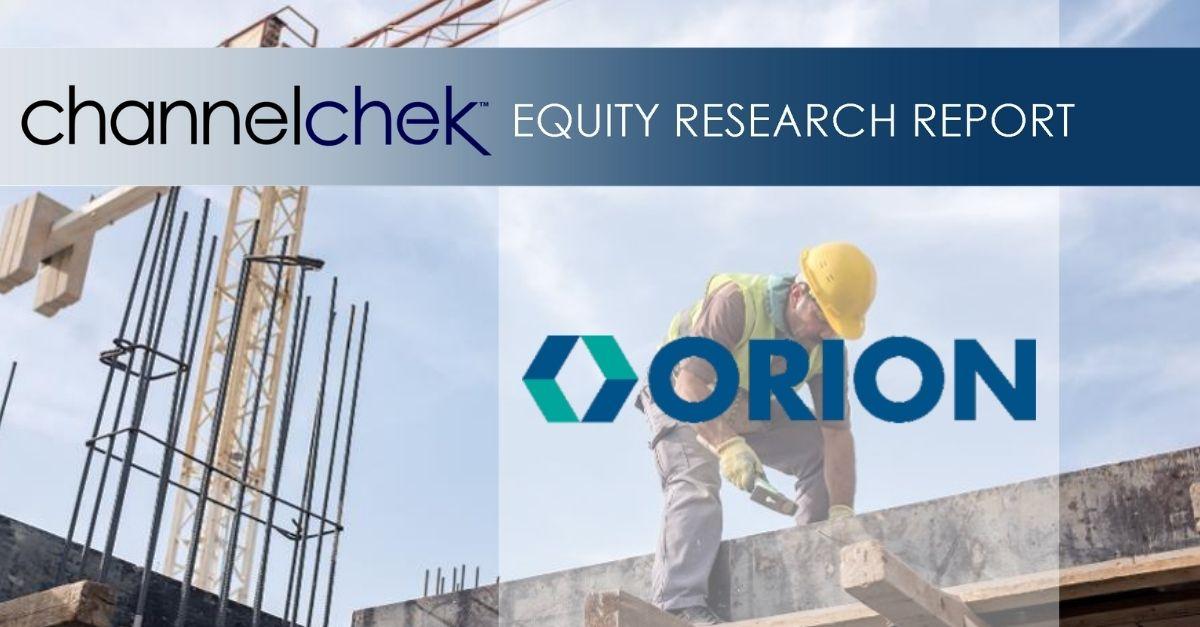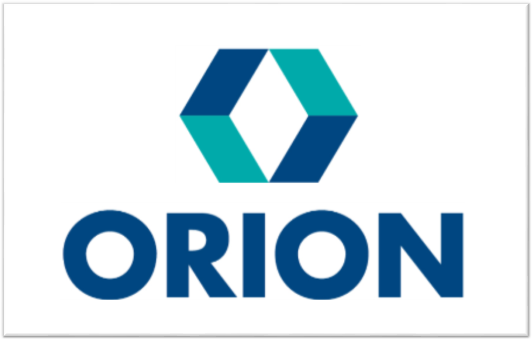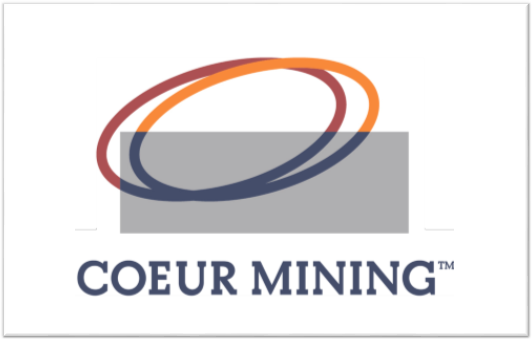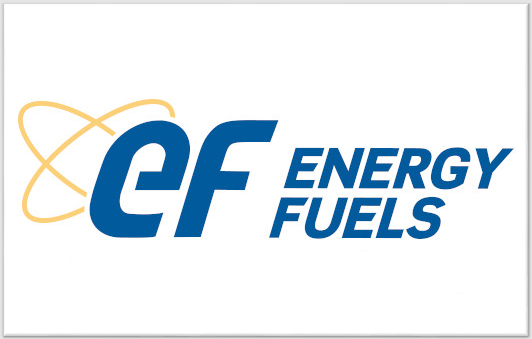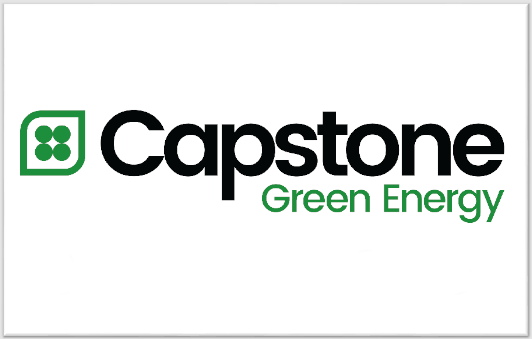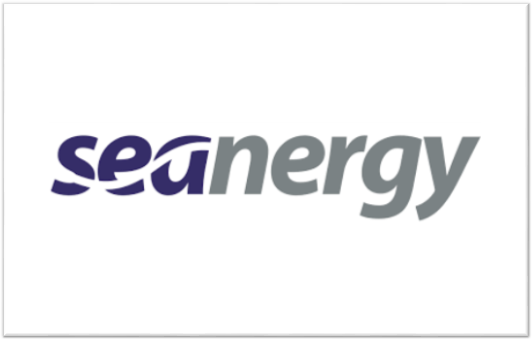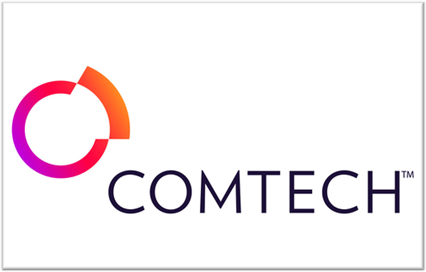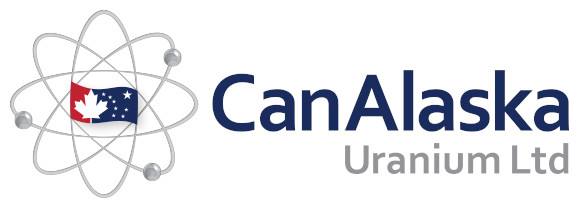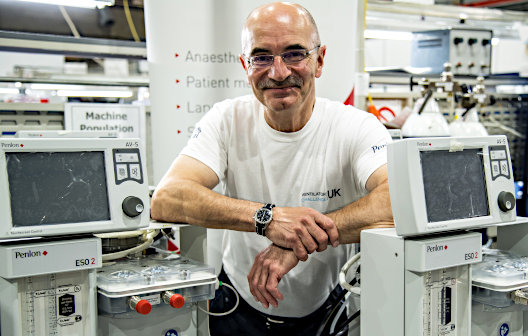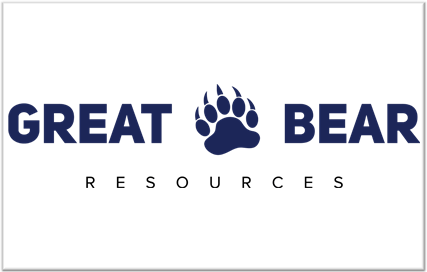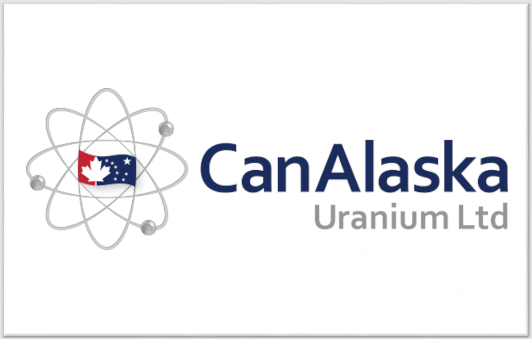
Comstock Forms Joint Venture with Lakeview Energy
Acquires 50% Stake in 200,000 Pound Per Day Hemp Extraction, Remediation, and Refinement Facility
VIRGINIA CITY, NEVADA, July 29, 2021 – Comstock Mining Inc. (NYSE: LODE) (“Comstock” and the “Company”) today announced the execution of a series of agreements with Lakeview Energy LLC (“Lakeview”) and its subsidiaries, pursuant to which the Company acquired 50% of the equity of Lakeview’s subsidiary, LP Biosciences LLC (“LPB”), and agreed to provide the financing needed to retrofit LPB’s pre-existing industrial scale solvent extraction and valorization facility in Merrill, Iowa (“LPB Facility”), for the production of an array of wholesale products from up to 200,000 pounds per day of industrial hemp. Comstock issued 3,500,000 restricted shares of its common stock to LPB in connection with its acquisition and financing commitments, and simultaneously acquired 100% of MANA Corporation (“MANA”), an industrial hemp technology development, marketing, and management company, for 4,200,000 restricted shares of Comstock common stock.
Industrial Scale Infrastructure
Industrial hemp is an extraordinary natural resource with tens of thousands of known applications, including food, feed, fuel, and fiber, and an array of emerging applications in batteries, bioplastics, and other renewable alternatives to fossil fuel derived products. However, hemp’s ability to produce over 400 natural phytochemicals, such as cannabidiol (“CBD”) and cannabigerol (“CBG”), has recently garnered significant attention as some of those chemicals are seen to have compelling potential in health and wellness applications. The corresponding green rush propelled global demand and sales of industrial hemp products to an estimated $1.9 billion as of 2020, and the industry is expected to grow to $6.9 billion worldwide by 2025, according to Hemp Industry Daily.
“The processing infrastructure needed to achieve those aspirations does not exist today at the scales and sophistication expected of mature supply chains for comparable commodities,” said MANA’s Chief Executive Officer, William McCarthy. “The absence of large scale capacity represents the hemp industry’s most significant bottleneck today. MANA is addressing that deficiency by acquiring and partnering with experienced agriproducts management teams and pre-existing industrial scale facilities in adjacent agricultural markets. We are excited to do so today with Comstock, Lakeview, and the LPB Facility, and we’re looking forward to making a market leading contribution to the debottlenecking and evolution of the industry.”
Mature Agriproducts Management
Lakeview is an experienced agriproducts management company that owns and operates three renewable fuels facilities, including two 55 million gallon dry mill corn ethanol facilities located in Ohio and Iowa, and a 10 million gallon per year biodiesel production facility located in Missouri. Importantly, LPB’s LPB Facility is ideally co-located with Lakeview’s ethanol facility in Iowa, where the two facilities can exploit operational and other synergies to maximize throughput, profitability, and cash flow. Comstock’s and MANA’s agreements with Lakeview call for Lakeview to provide construction, operating, administrative, logistics, commodities, risk management and other services to LPB as the parties work together to build, operate and grow the LPB Facility. MANA additionally agreed to provide a suite of complimentary technology, marketing and other management services, with a focus on acquiring and using pre-existing and new feedstock and offtake arrangements to fill the LPB Facility.
“Industrial hemp has remarkable potential in several important respects, including its potential for new jobs and stimulating economic, environmental and social value creation in our community,” said Jim Galvin, Lakeview’s Chief Executive Officer. “We’re pleased to partner with Comstock and MANA as we upgrade and use the LPB Facility to provide comprehensive hemp extraction, remediation, and refinement services at scales that are currently unheard of in the hemp industry.”
Industry Leading Scale, Quality, Compliance, and Flexibility
Comstock’s Executive Chairman and Chief Executive Officer, Corrado DeGasperis, added: “We are proud to have assembled a world class asset with a team of industry veterans, process engineers, and partners to rapidly retrofit and commence operations with the LPB Facility, thereby setting a global standard for quality, compliance, consistency, flexibility and speed at an extraordinary scale. Once retrofits are complete in mid-2022, the LPB Facility will generate significant free cash flow by servicing the most astute, demanding, and rapidly growing buyers of wholesale hemp products with custom tailored solutions.”
The LPB Facility is conservatively expected to scale up to its initial nameplate capacity exceeding 200,000 pounds per day and 36,500 tons per year of industrial hemp over its first three years of operations, as it extracts, remediates, and refines oil from industrial hemp to generate annualized revenues exceeding $53,000,000, $154,000,000, and $409,000,000 per year during LPB’s first, second, and third full years of operations, respectively, as shown in the following excerpt from LPB’s internal projections:
Ecosystem of Strategic Feedstocks, Processes and Products
DeGasperis concluded: “Comstock is focused on the rapid and simultaneous maximization of financial, natural, and social impact, in large part by building an ecosystem of strategic extraction and valorization facilities with complimentary feedstocks and products. In this example, the LPB Facility’s revenue estimates are based only on the oil fraction of industrial hemp, which corresponds to a small portion of total feedstock biomass. The rest of that biomass is mostly comprised of cellulose with many known co-product applications, as well as some very exciting new applications that we are actively evaluating for use in our existing and planned new decarbonization efforts.”
About Comstock Mining Inc.
Comstock Mining Inc. (NYSE: LODE) (the “Company”) is an emerging innovator and leader in the sustainable extraction, valorization, and production of scarce natural resources, with a focus on high value strategic materials that are essential to meeting the rapidly increasing global demand for clean energy, carbon-neutrality, and natural products. To learn more, please visit www.comstockmining.com.
Forward-Looking Statements
This press release and any related calls or discussions may include forward-looking statements within the meaning of Section 27A of the Securities Act of 1933, as amended, and Section 21E of the Securities Exchange Act of 1934, as amended. All statements, other than statements of historical facts, are forward-looking statements. The words “believe,” “expect,” “anticipate,” “estimate,” “project,” “plan,” “should,” “intend,” “may,” “will,” “would,” “potential” and similar expressions identify forward-looking statements, but are not the exclusive means of doing so. Forward-looking statements include statements about matters such as: consummation of all pending transactions; project, asset or Company valuations; future industry market conditions; future explorations, acquisitions, investments and asset sales; future performance of and closings under various agreements; future changes in our exploration activities; future estimated mineral resources; future prices and sales of, and demand for, our products; future operating margins; available resources; environmental conservation outcomes; future impacts of land entitlements and uses; future permitting activities and needs therefor; future production capacity and operations; future operating and overhead costs; future capital expenditures and their impact on us; future impacts of operational and management changes (including changes in the board of directors); future changes in business strategies, planning and tactics and impacts of recent or future changes; future employment and contributions of personnel, including consultants; future land sales, investments, acquisitions, joint ventures, strategic alliances, business combinations, operational, tax, financial and restructuring initiatives; the nature and timing of and accounting for restructuring charges and derivative liabilities and the impact thereof; contingencies; future environmental compliance and changes in the regulatory environment; future offerings of equity or debt securities; asset sales and associated costs; future working capital, costs, revenues, business opportunities, debt levels, cash flows, margins, earnings and growth. These statements are based on assumptions and assessments made by our management in light of their experience and their perception of historical and current trends, current conditions, possible future developments and other factors they believe to be appropriate. Forward-looking statements are not guarantees, representations or warranties and are subject to risks and uncertainties, many of which are unforeseeable and beyond our control and could cause actual results, developments and business decisions to differ materially from those contemplated by such forward-looking statements. Some of those risks and uncertainties include the risk factors set forth in our filings with the SEC and the following: counterparty risks; capital markets’ valuation and pricing risks; adverse effects of climate changes or natural disasters; global economic and capital market uncertainties; the speculative nature of gold or mineral exploration, including risks of diminishing quantities or grades of qualified resources; operational or technical difficulties in connection with exploration or mining activities; contests over title to properties; potential dilution to our stockholders from our stock issuances and recapitalization and balance sheet restructuring activities; potential inability to comply with applicable government regulations or law; adoption of or changes in legislation or regulations adversely affecting businesses; permitting constraints or delays; decisions regarding business opportunities that may be presented to, or pursued by, us or others; the impact of, or the non-performance by parties under agreements relating to, acquisitions, joint ventures, strategic alliances, business combinations, asset sales, leases, options and investments to which we may be party; changes in the United States or other monetary or fiscal policies or regulations; interruptions in production capabilities due to capital constraints; equipment failures; fluctuation of prices for gold or certain other commodities (such as silver, zinc, cyanide, water, diesel fuel and electricity); changes in generally accepted accounting principles; adverse effects of terrorism and geopolitical events; potential inability to implement business strategies; potential inability to grow revenues; potential inability to attract and retain key personnel; interruptions in delivery of critical supplies, equipment and raw materials due to credit or other limitations imposed by vendors or others; assertion of claims, lawsuits and proceedings; potential inability to satisfy debt and lease obligations; potential inability to maintain an effective system of internal controls over financial reporting; potential inability or failure to timely file periodic reports with the SEC; potential inability to list our securities on any securities exchange or market; inability to maintain the listing of our securities; and work stoppages or other labor difficulties. Occurrence of such events or circumstances could have a material adverse effect on our business, financial condition, results of operations or cash flows or the market price of our securities. All subsequent written and oral forward-looking statements by or attributable to us or persons acting on our behalf are expressly qualified in their entirety by these factors. Except as may be required by securities or other law, we undertake no obligation to publicly update or revise any forward-looking statements, whether as a result of new information, future events, or otherwise.
Neither this press release nor any related calls or discussions constitutes an offer to sell, the solicitation of an offer to buy or a recommendation with respect to any securities of the Company, the fund or any other issuer.
| Contact Information |
|
|
| Comstock Mining Inc.
P.O. Box 1118
Virginia City, NV 89440
www.comstockmining.com
|
Corrado De Gasperis
Executive Chairman & CEO
Tel (775) 847-4755
degasperis@comstockmining.com
|
Zach Spencer
Director of External Relations
Tel (775) 847-5272 Ext.151
questions@comstockmining.com
|

